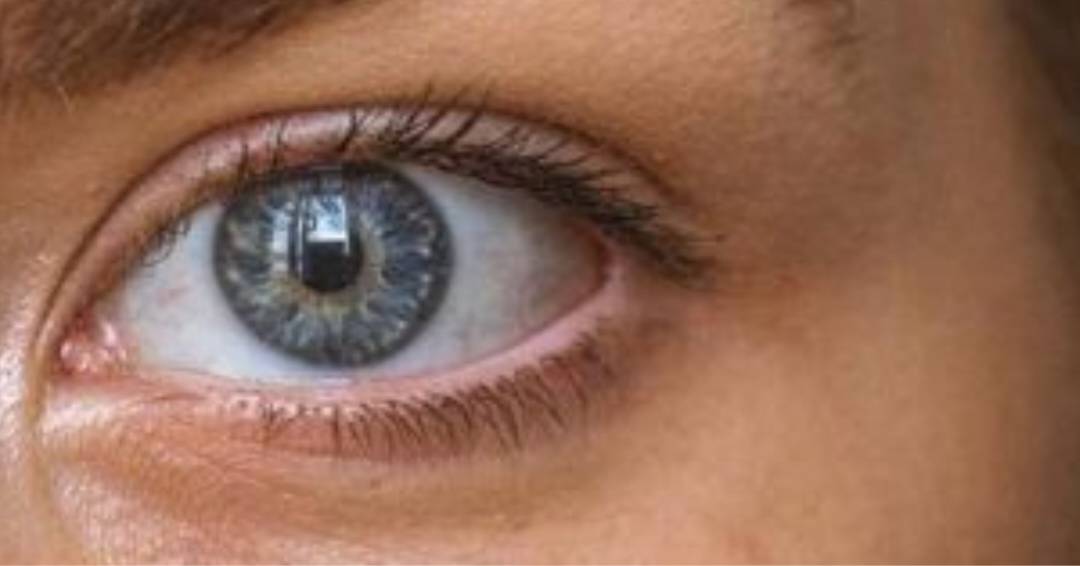
In the field of ophthalmology, the development of new and less invasive treatments for retina diseases has long been a goal for both medical professionals and patients alike. Until recently, eye injections were the standard method for delivering medication to the retina. However, a revolutionary advancement in ocular medicine has emerged: eye drops that offer an effective alternative to invasive injections. This breakthrough not only alleviates the discomfort associated with injections but also enhances patient convenience and expands accessibility to treatment. This article explores the promising potential of eye drops as a novel approach in the treatment of retina diseases.
The Challenge of Retina Disease Treatment:
Retina diseases, such as age-related macular degeneration (AMD) and diabetic retinopathy, are leading causes of vision impairment and blindness worldwide. These conditions often necessitate the administration of medication directly into the eye to reach the affected area, which has traditionally been achieved through injections into the vitreous humor. While these injections can be effective in delivering the medication to the retina, they come with several drawbacks, including the need for skilled administration, potential complications, and patient discomfort.
The Emergence of Eye Drops as an Alternative:
Recent advancements in ophthalmic research have led to the development of eye drops as an alternative method for delivering medication to the retina. The key challenge in creating effective eye drops lies in ensuring that the medication can penetrate the various barriers of the eye, such as the cornea and the blood-retinal barrier, and reach the targeted site of action in therapeutic concentrations.
Researchers have made significant strides in overcoming these obstacles. They have employed innovative drug delivery technologies, including nanotechnology, liposomes, and micelles, to enhance the bioavailability and stability of medications in eye drop formulations. These advancements have paved the way for the successful development of eye drops that can effectively treat retina diseases.
Advantages of Eye Drops over Injections:
The adoption of eye drops as a primary treatment method for retina diseases brings several notable advantages:
1. Non-Invasive: Unlike injections, which require puncturing the eye, eye drops offer a non-invasive route of administration. This reduces the risk of complications associated with injections and minimizes patient discomfort during treatment.
2. Increased Patient Compliance: Eye drops are generally easier to administer, making them more convenient for patients. The self-administration aspect eliminates the need for frequent visits to medical professionals, thereby improving patient compliance and reducing the burden on healthcare systems.
3. Enhanced Accessibility: Eye drops can potentially extend the availability of treatment to a broader population. Patients in remote areas or with limited access to healthcare facilities can benefit from this non-invasive and easily transportable form of medication.
4. Potential Cost Reduction: Eye drop formulations could potentially reduce the overall treatment cost compared to injections. The elimination of specialized administration procedures and equipment may lead to more affordable treatment options, benefiting patients and healthcare providers alike.
Current Status and Future Outlook:
While eye drops as a primary treatment method for retina diseases are still in the early stages of development, preliminary research and clinical trials have shown promising results. Several eye drop formulations are currently undergoing rigorous testing and evaluation for safety and efficacy.
If ongoing research continues to demonstrate positive outcomes, eye drops could revolutionize the treatment landscape for retina diseases. The wider availability and improved patient acceptance of this non-invasive approach could lead to earlier intervention, better disease management, and improved visual outcomes for patients suffering from retina diseases.
Conclusion:
The emergence of eye drops as an effective alternative to invasive injections in the treatment of retina diseases represents a significant breakthrough in ocular medicine. These drops offer advantages such as non-invasiveness, improved patient compliance, enhanced accessibility, and potential cost reductions. As research progresses and eye drop formulations continue to be refined, the future holds great promise for patients and healthcare providers alike, heralding a new era of convenient, patient-friendly, and effective treatments for retina diseases.

Post Your Comments